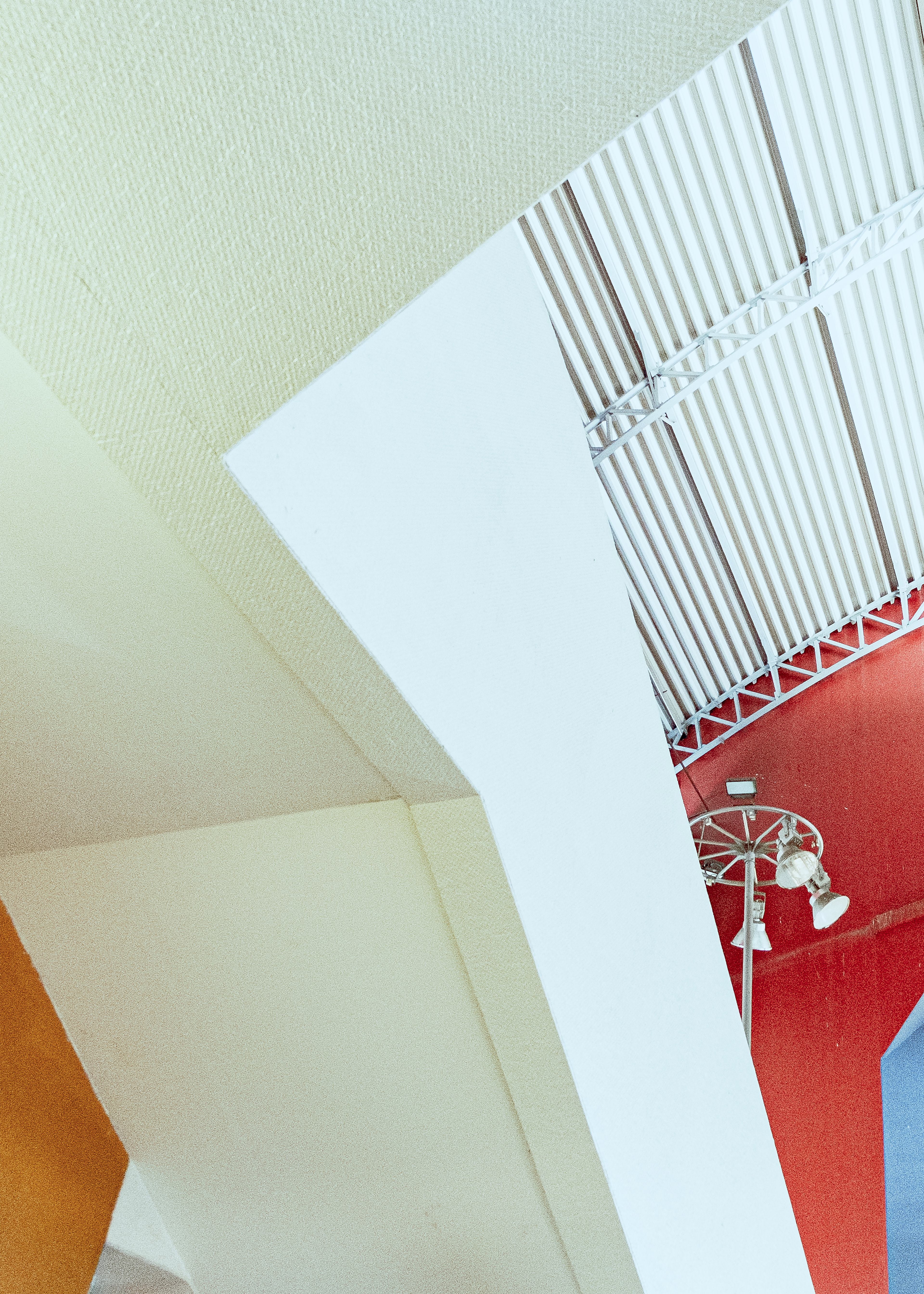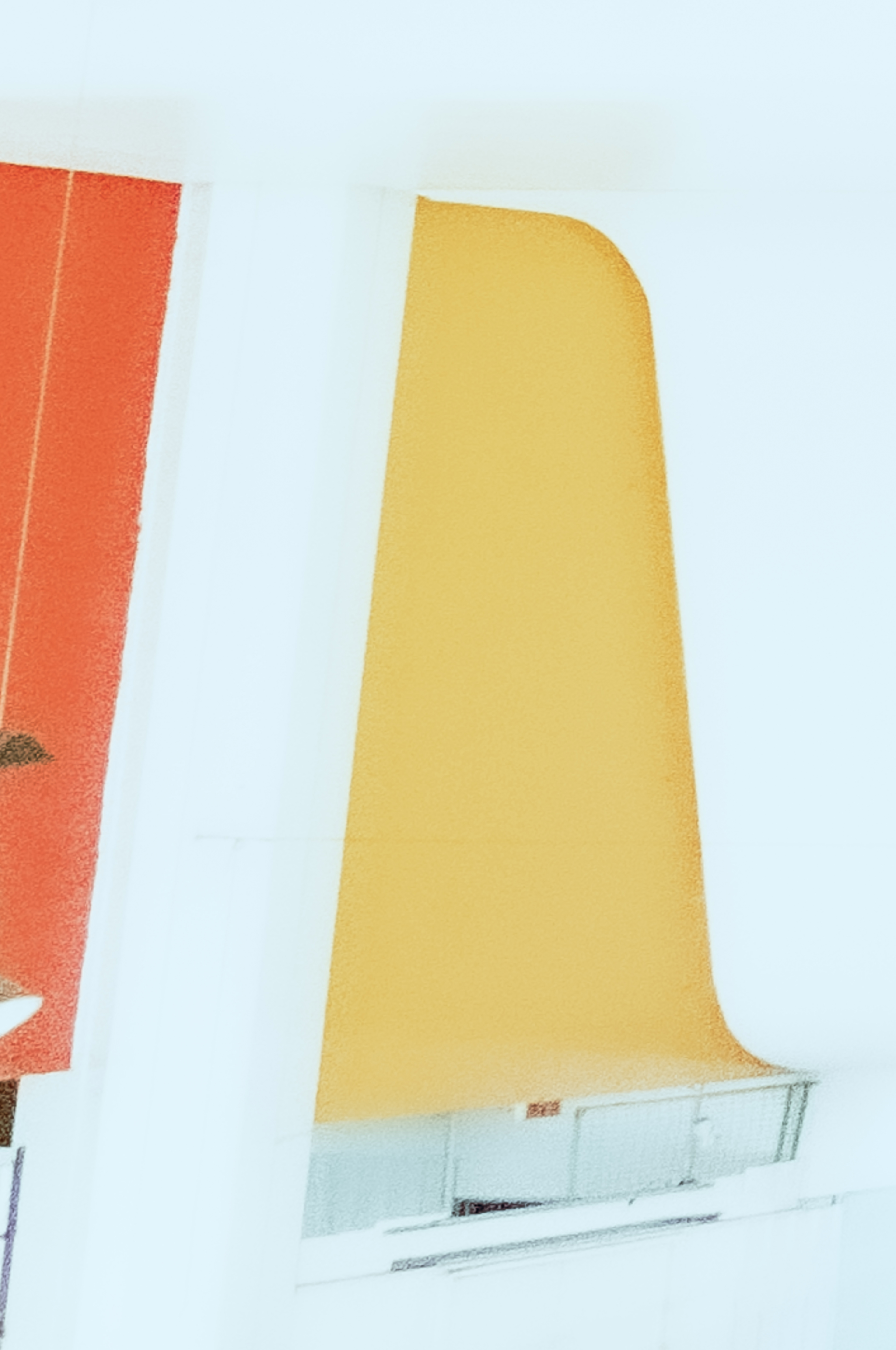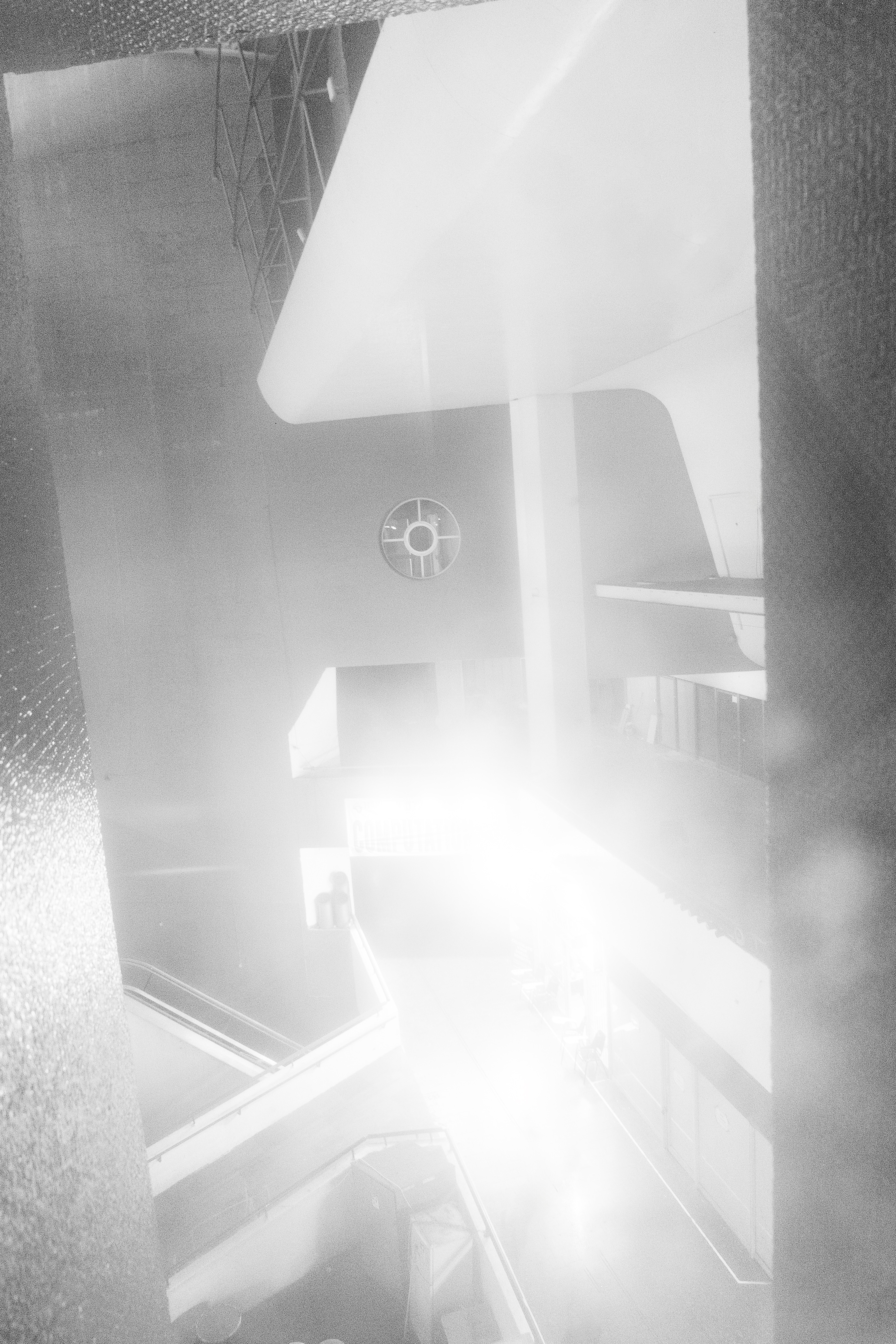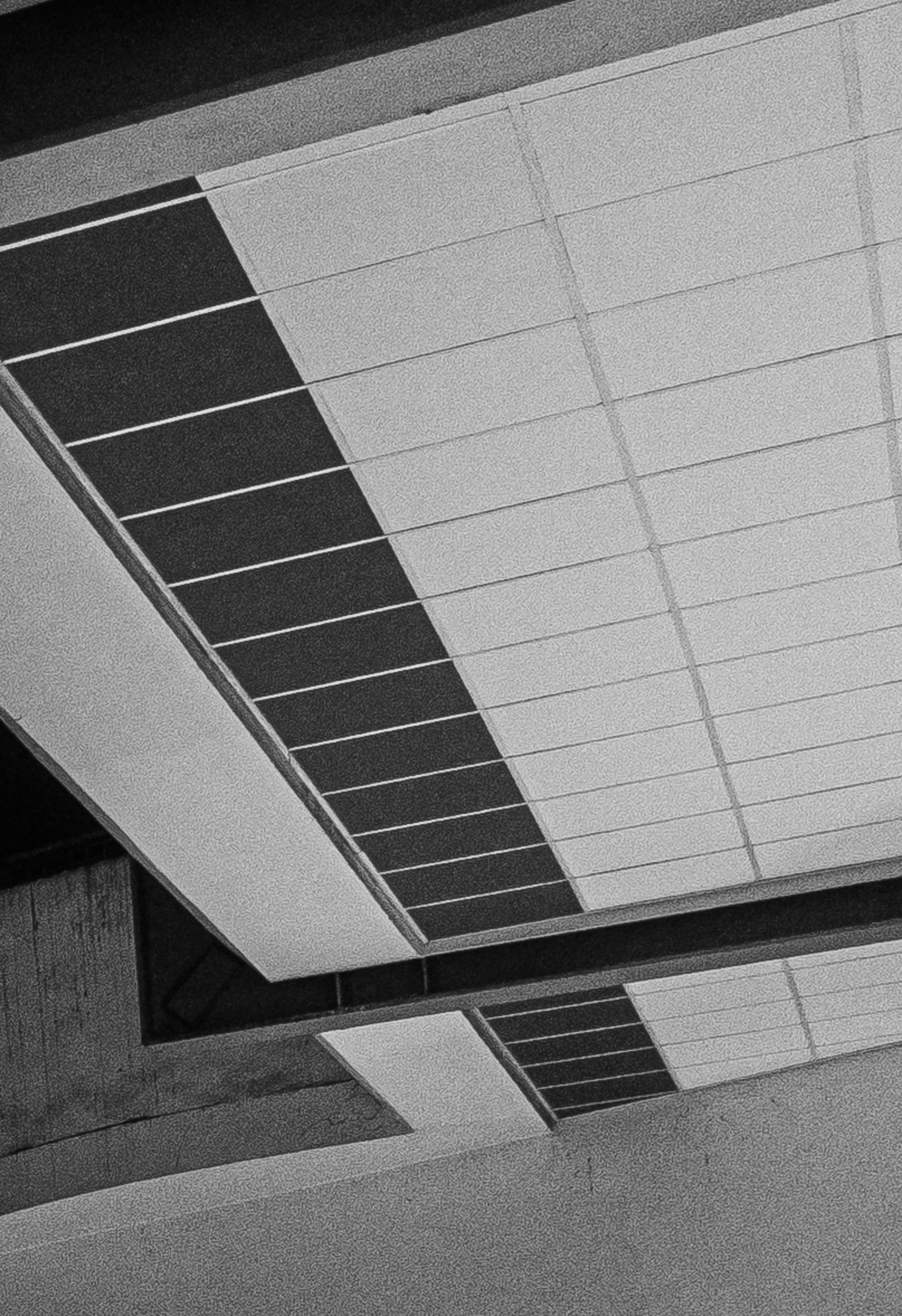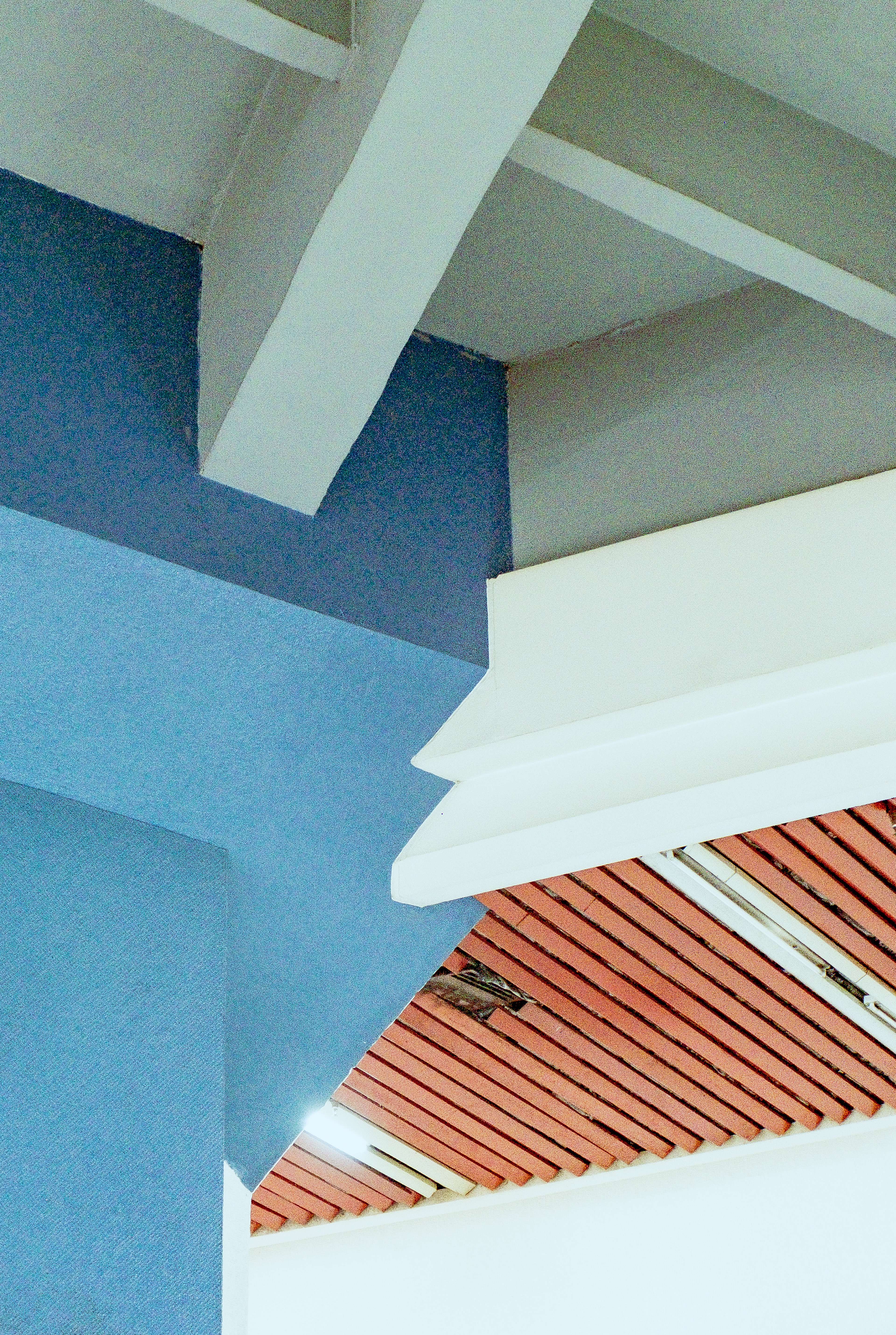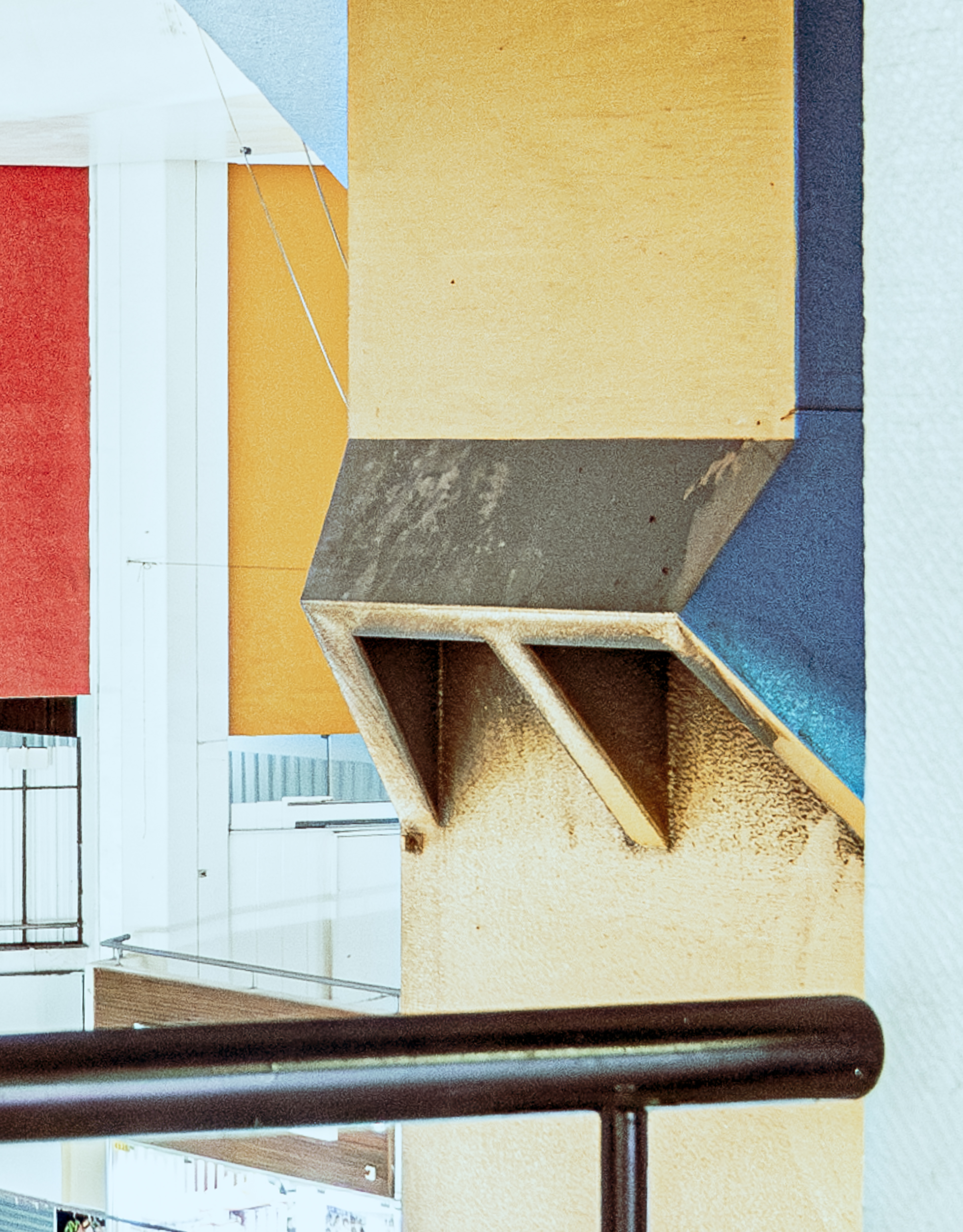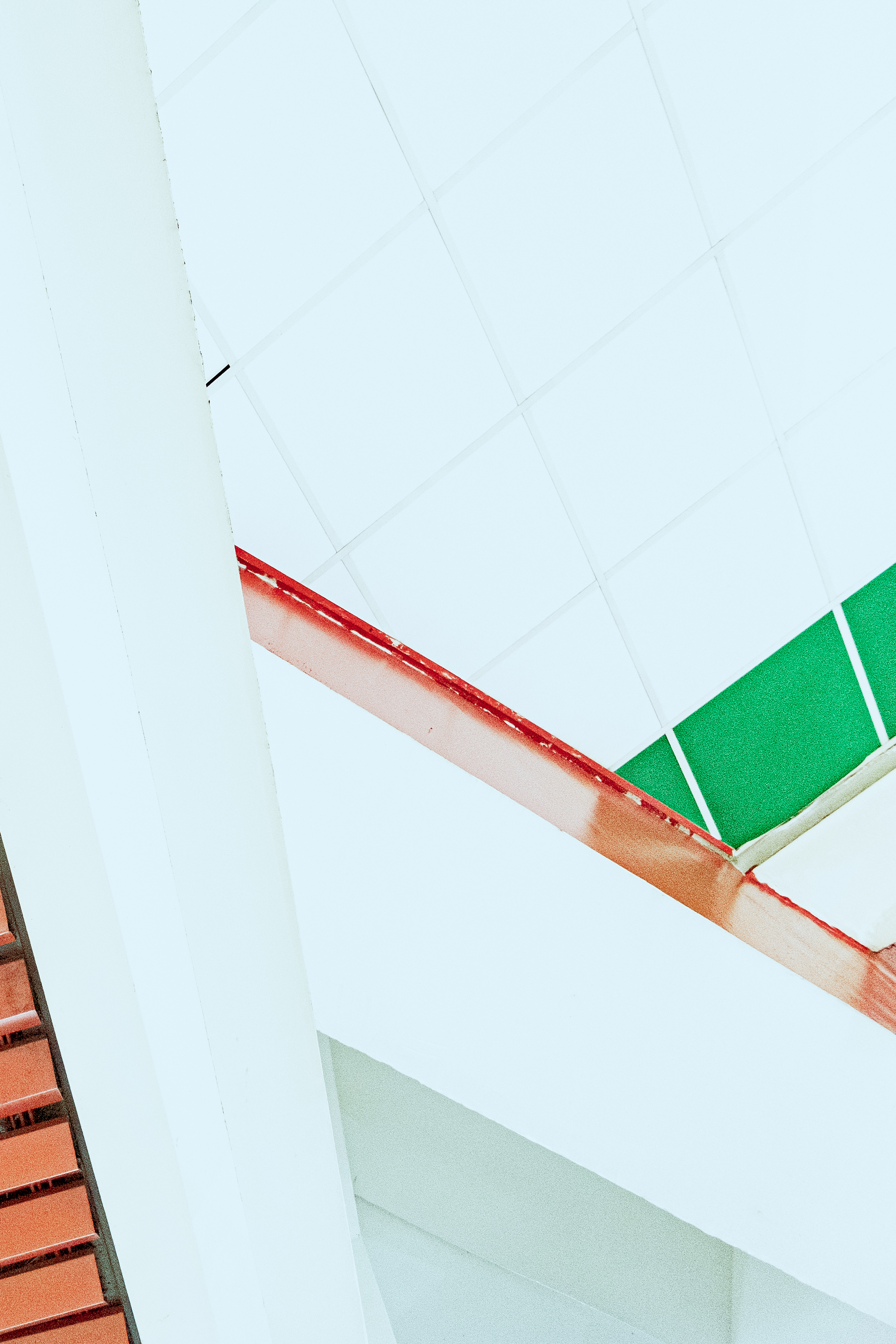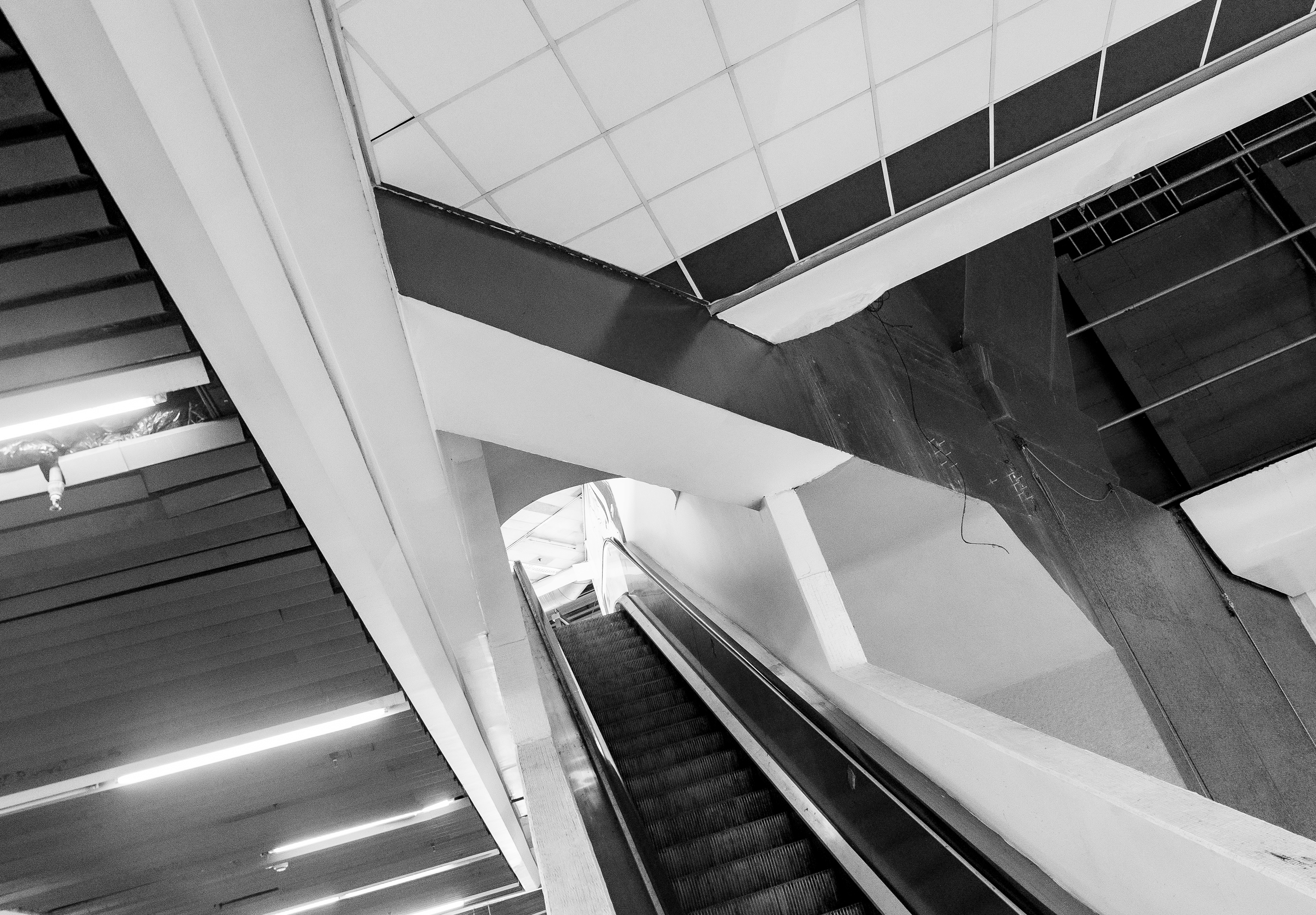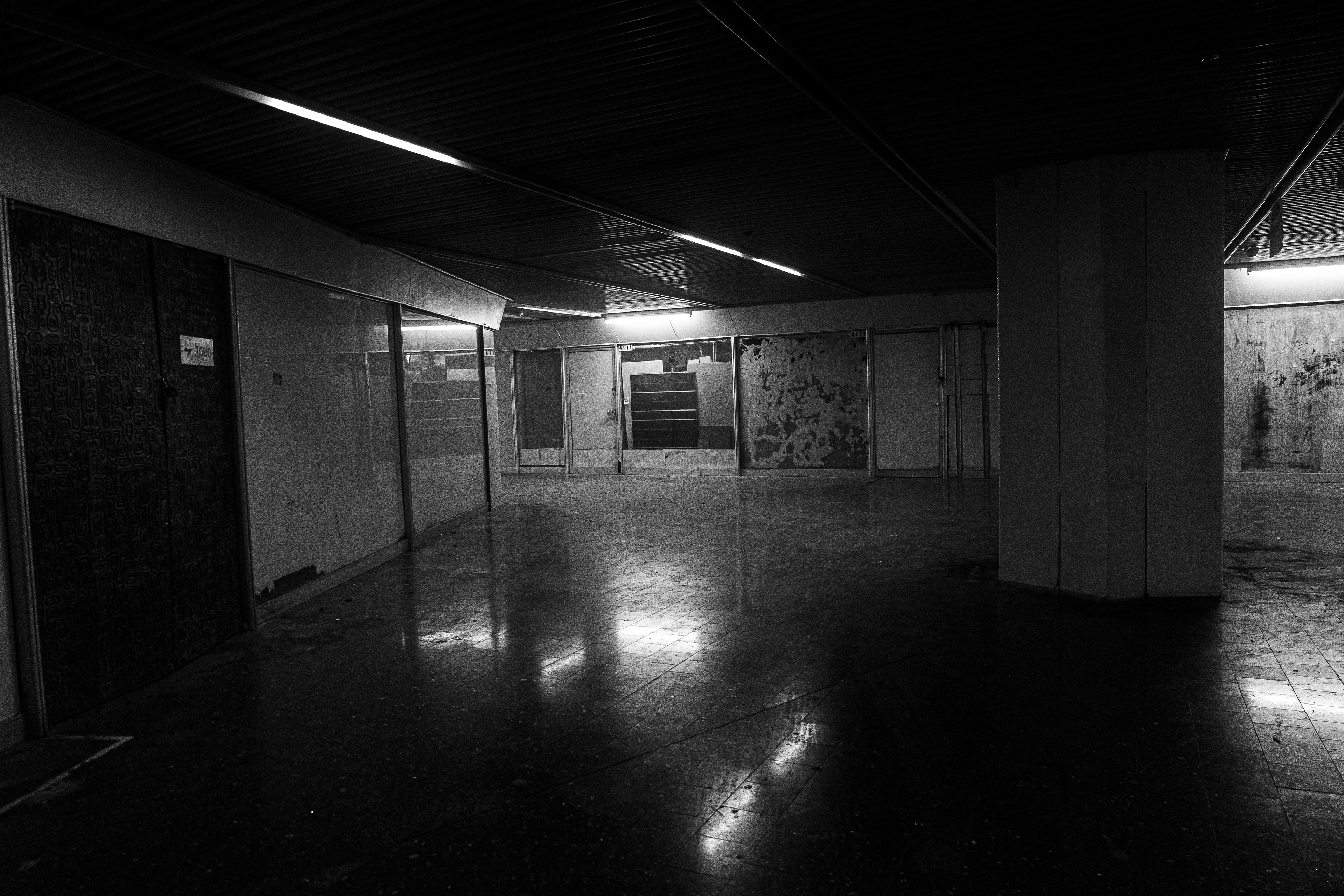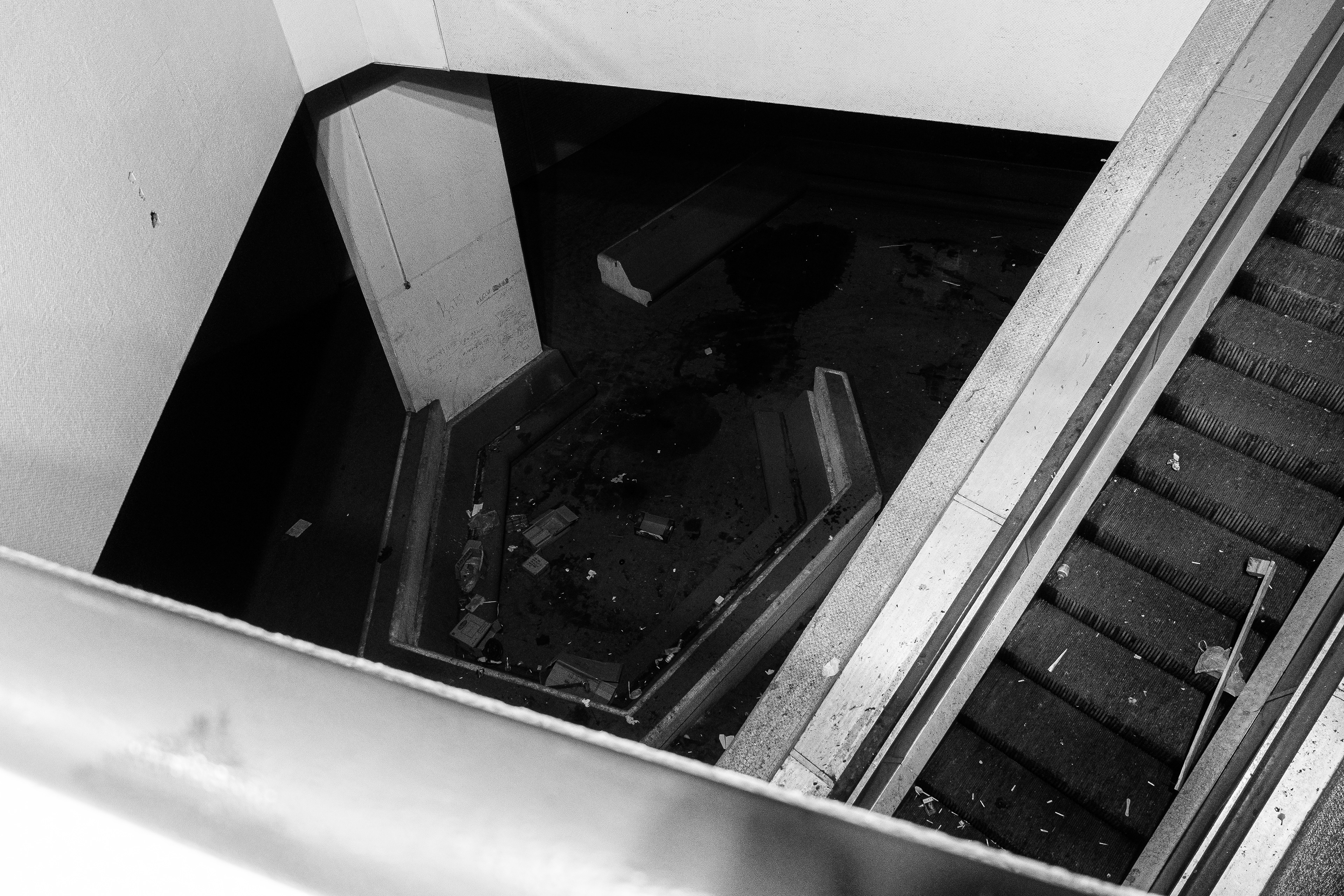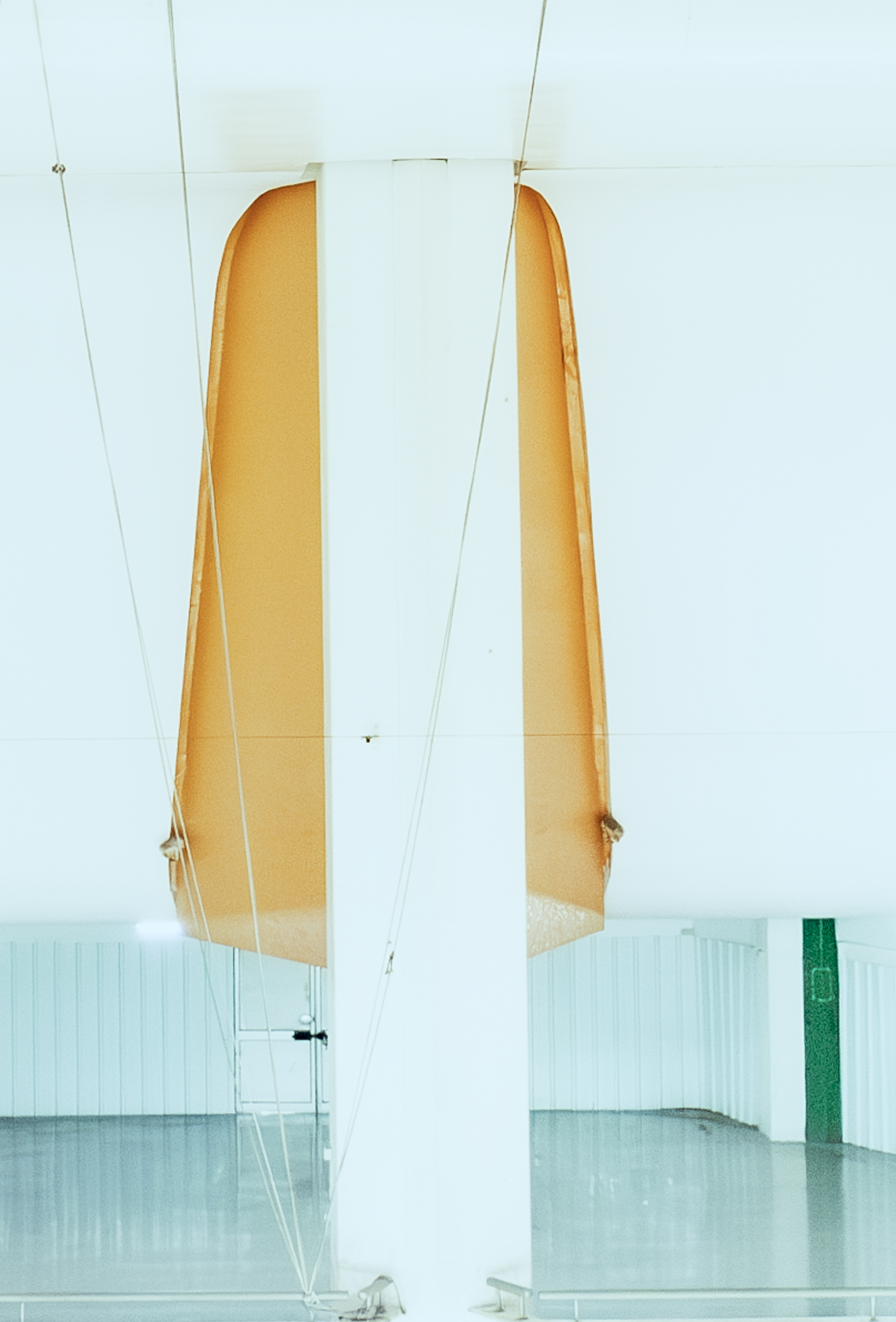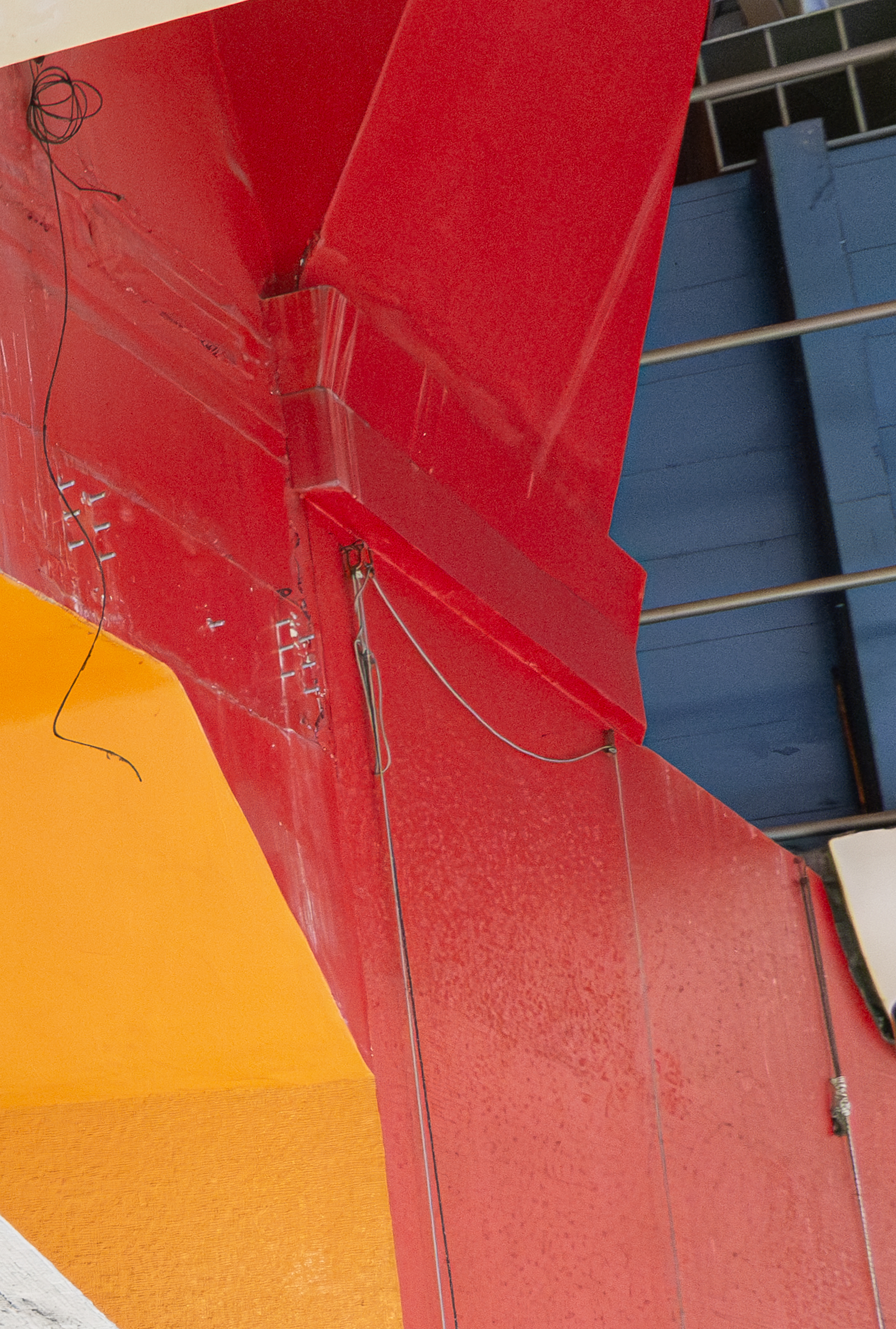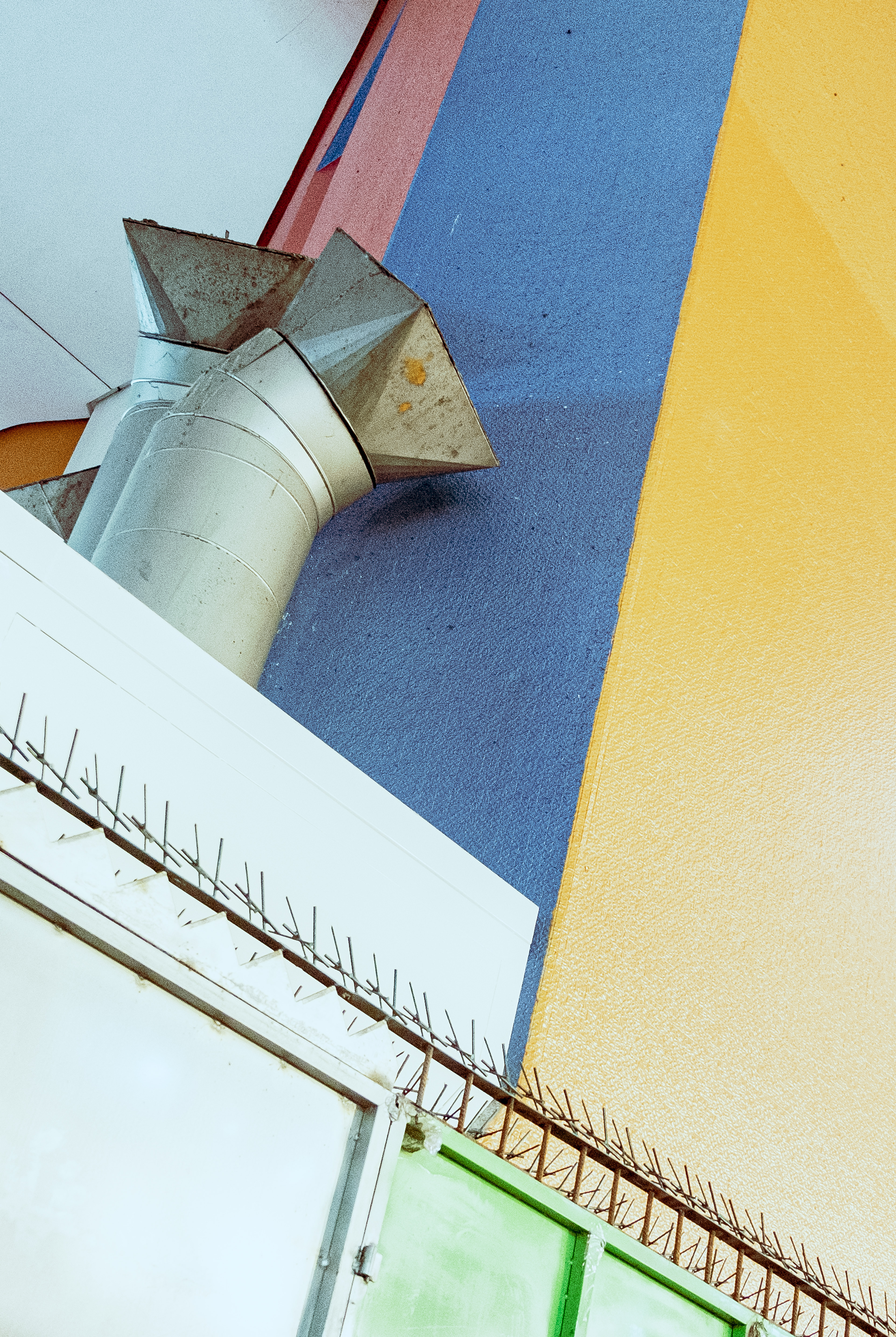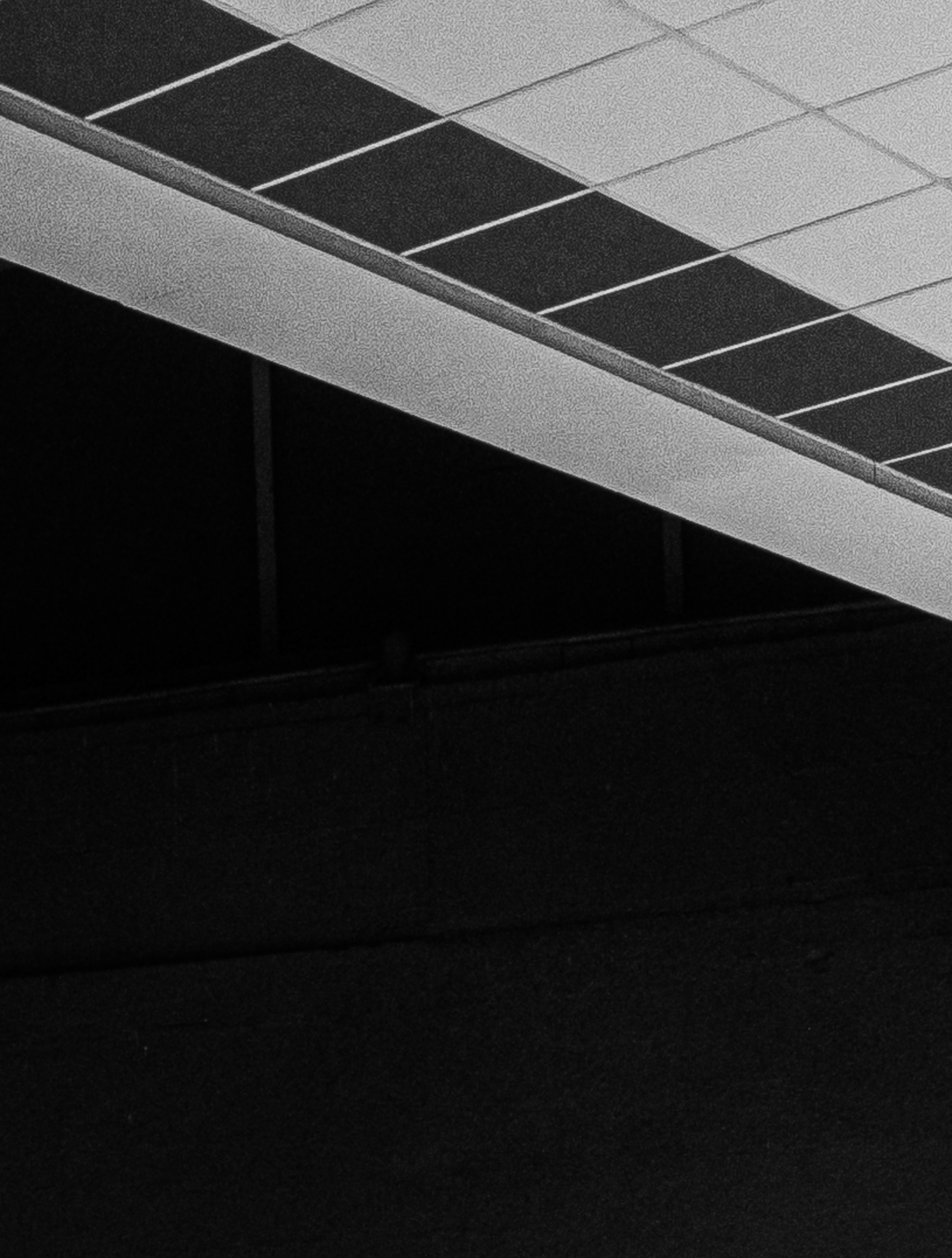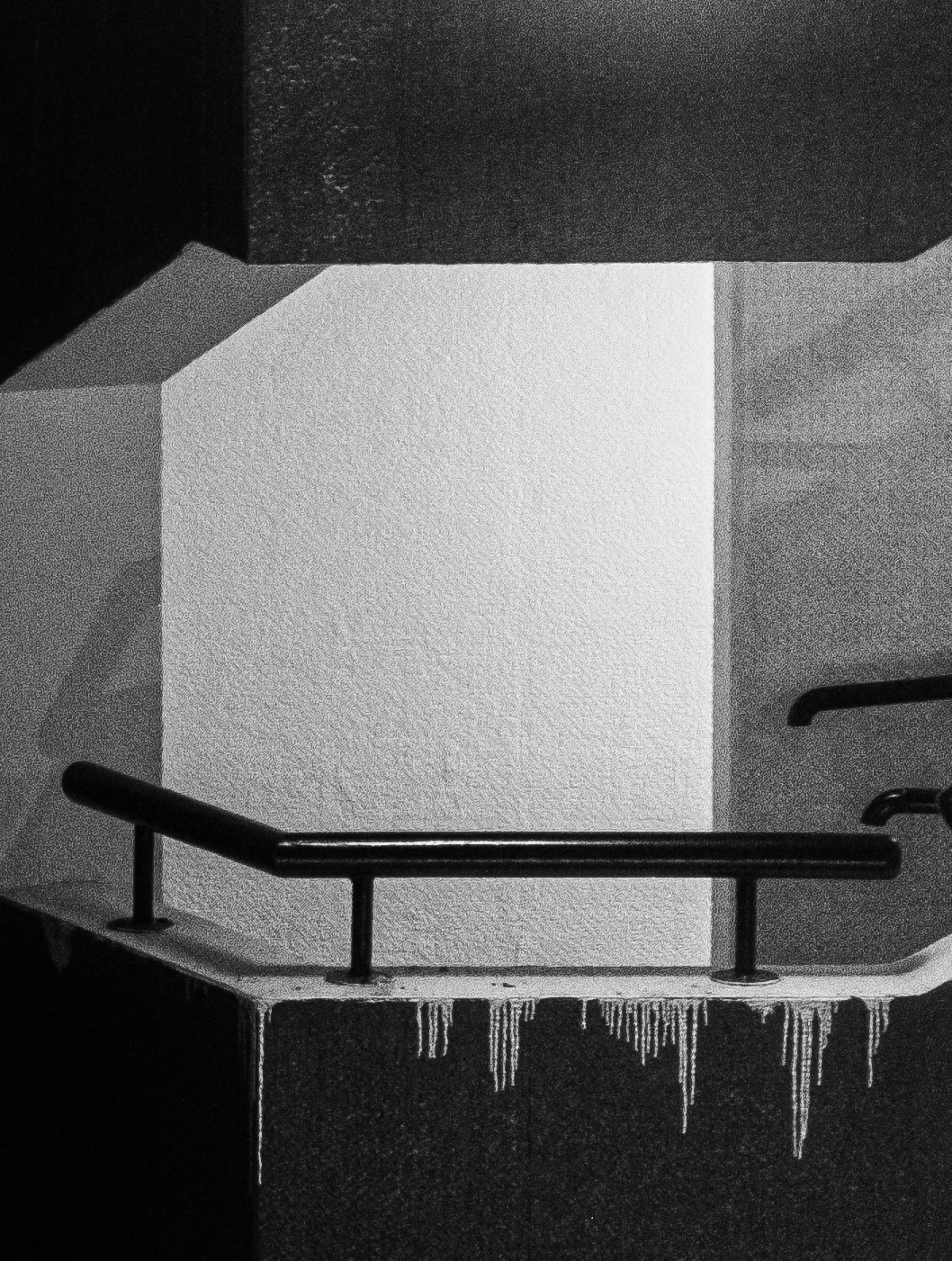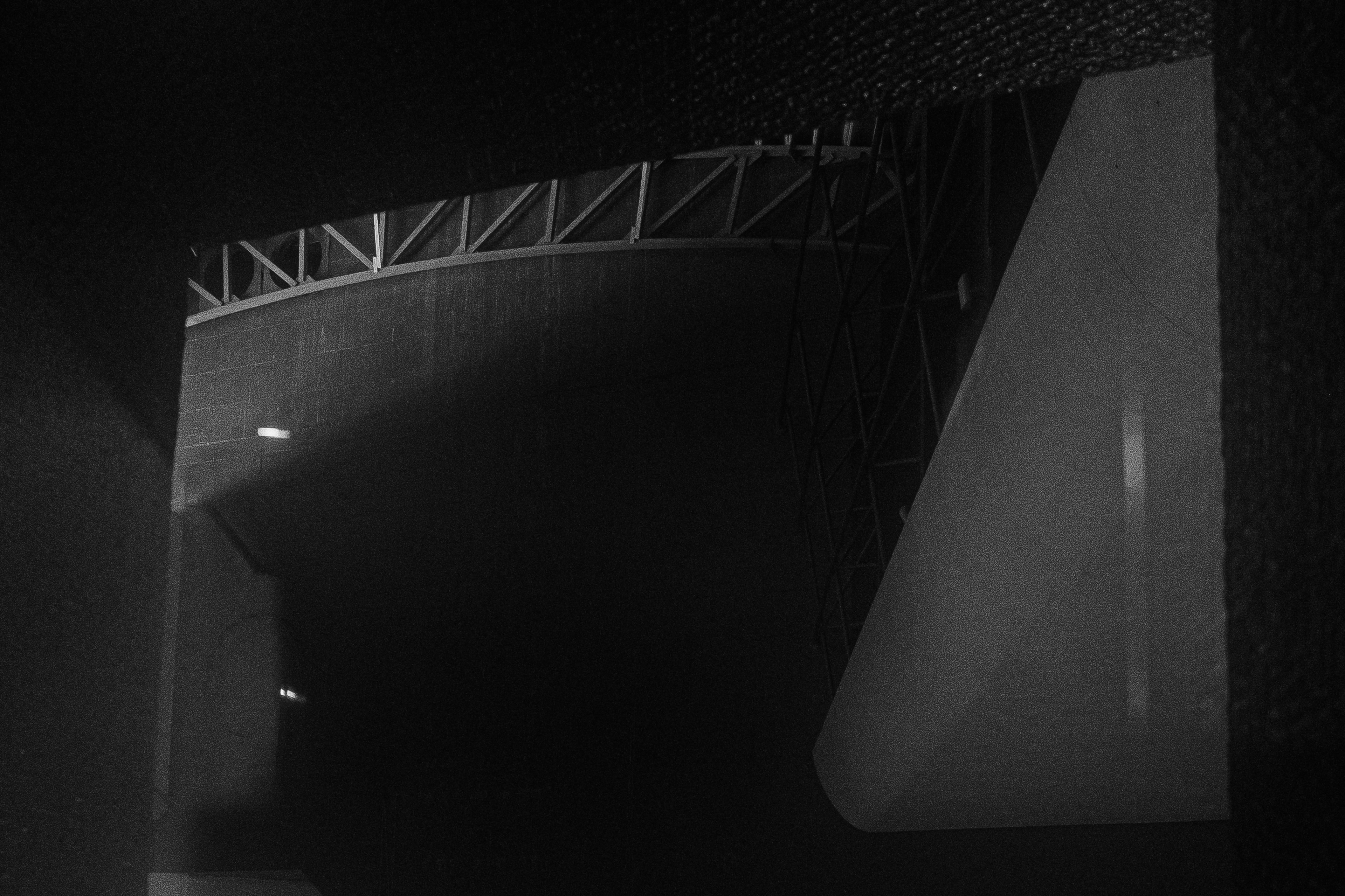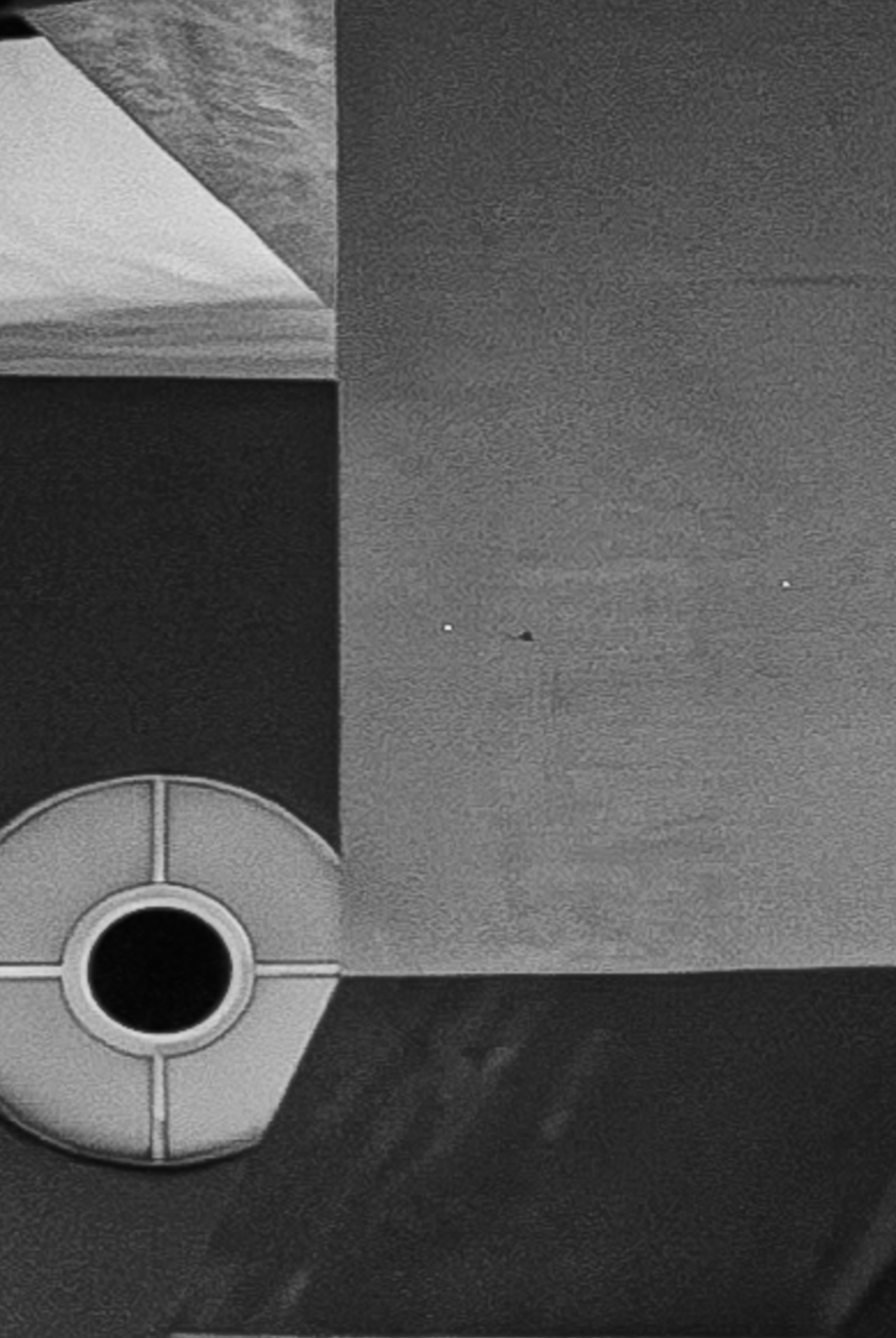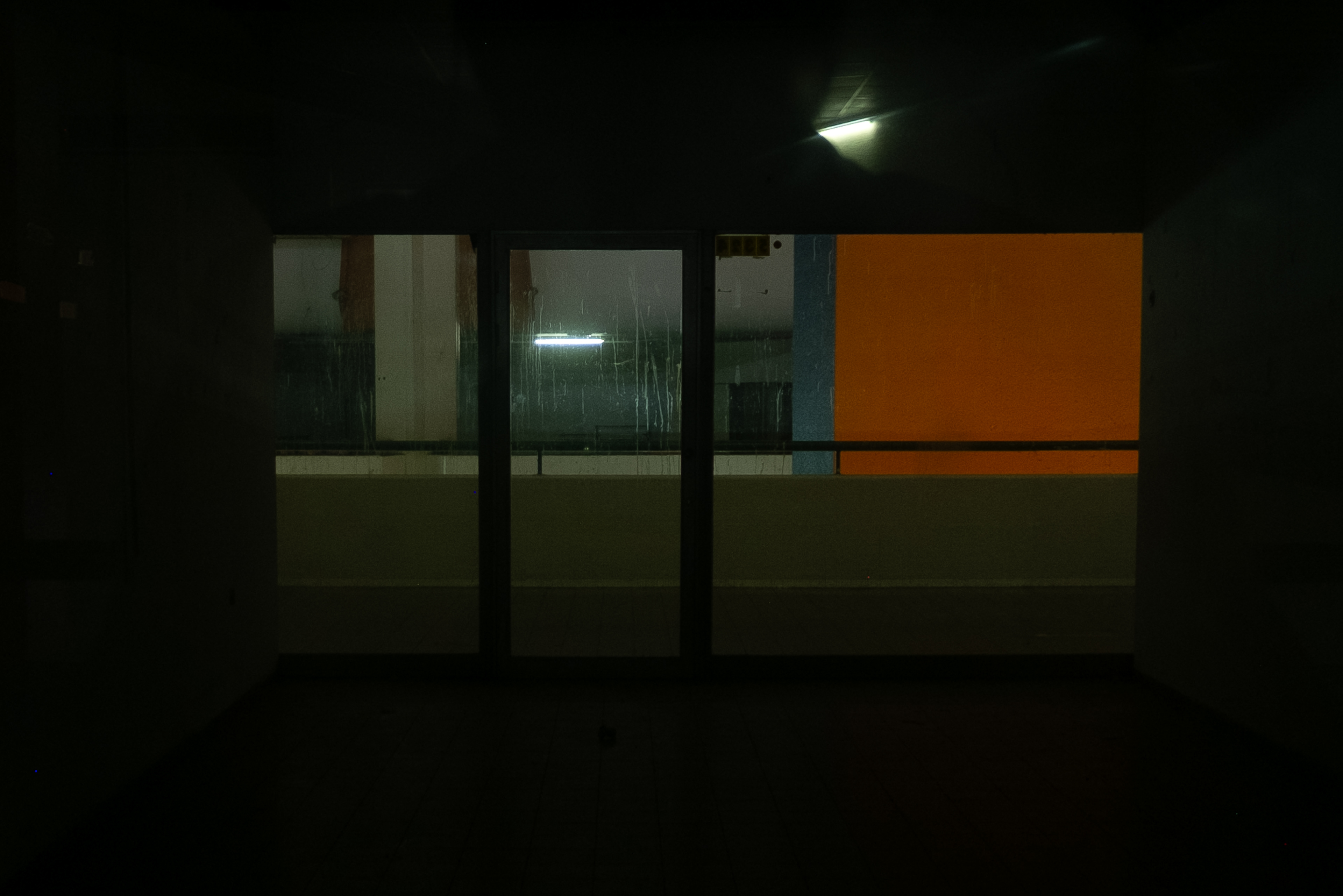Interiors of Tahana Merkazit (תחנה מרכזית - Hebrew) - the main bus station of Tel Aviv, Israel. Located in the south of the city, it was opened in August 1993. It is the one of the largest bus station in the world.
Construction on the station commenced in December 1967 but faced numerous setbacks, including financial challenges, corruption issues, and regional geopolitical instability, leading to several interruptions. Ultimately, the station was officially opened in August 1993.
The station was designed and finaly completed by the architect Ram Karmi. Yael Rothschild brought on as an interior designer. Initially planned as a two-story structure for commercial and bus purposes, additional retail floors were added during construction to secure additional funding, resulting in a total of six floors. Subsequently, the seventh floor replaced the lower two floors due to pollution concerns.
When designed the station was in Tel Aviv's downtown, but by the time it opened the business center of city had migrated north, and the station's neighborhood had become peripheral and impoverished.
The Tel Aviv central bus station has suffered from some neglect and disrepair. As the station is located in the poorest part of the city, numerous drug addicts, prostitutes and homeless people take residence there on occasion. The station has also been criticized for its complicated design which makes it hard to get around, and for being built in a neighborhood that didn't fit its appointment.
In January 2003 the station was the site of the Tel Aviv Central bus station massacre when two Palestinian suicide bombers blew themselves up outside the station, killing and injuring over 100.
In January 2012, the owners of the station filed for its bankruptcy. The Fire Service has refused to give the Central Bus Station a license to operate. On October 2021, the Tel Aviv Court has issued a closure order for the New Central Bus Station from December 2021. But the bus station is still in oreration.
Over the years, the floors of the new bus station have given rise to a unique microcosmos that stands witness to the ability of a community to take its destiny in its own hands.
Now the architectural appearance, structure and design of the interior of Tahana Merkazit can be safely recognized as an outstanding monument of brutalist architecture and multiculture, one of the largest, most significant and at the same time the most controversial in the Middle East.

